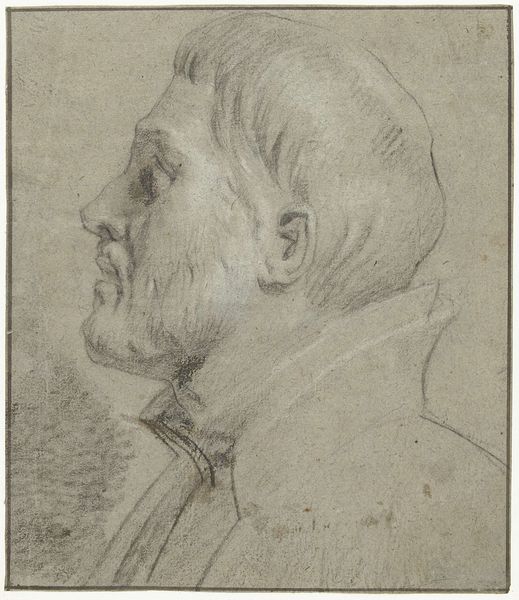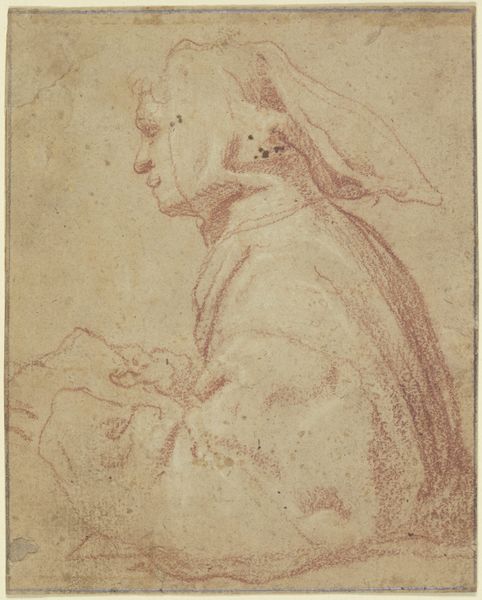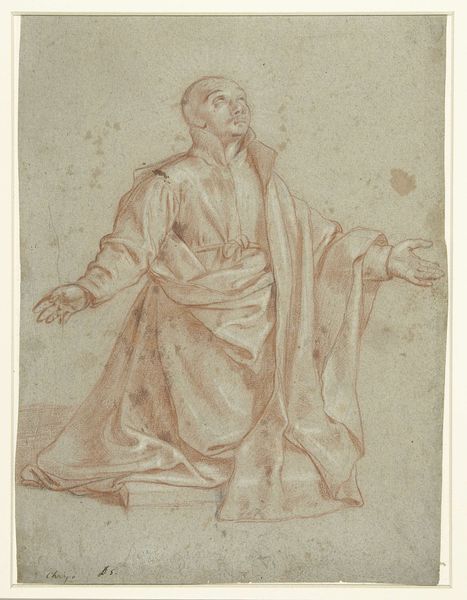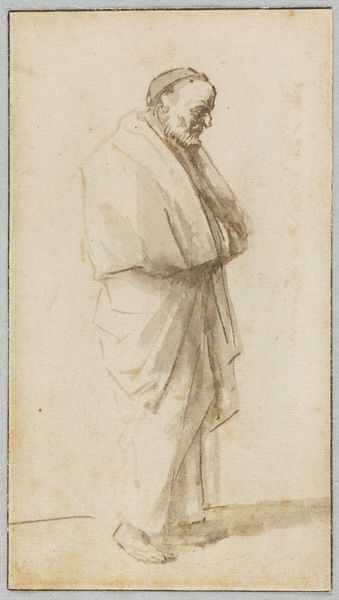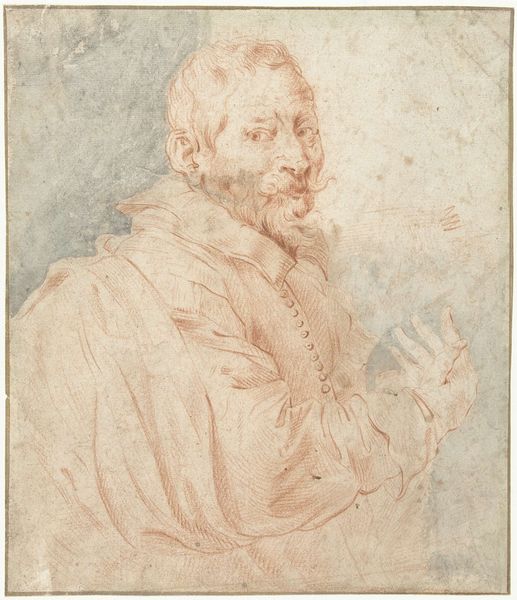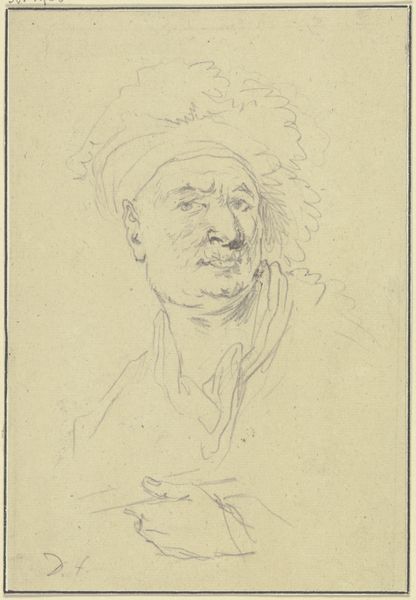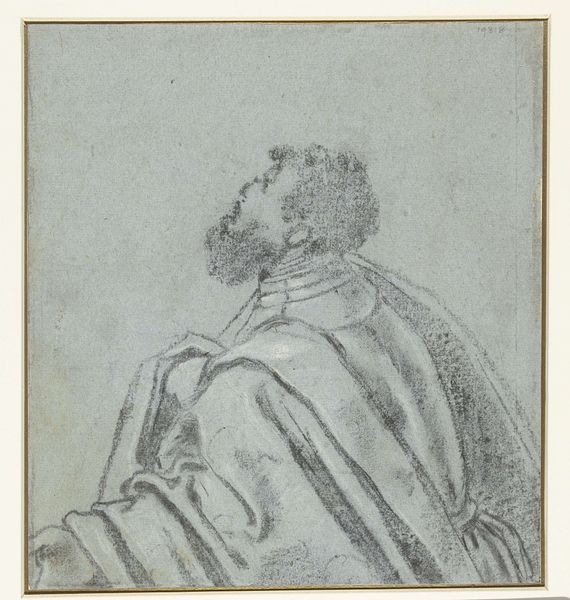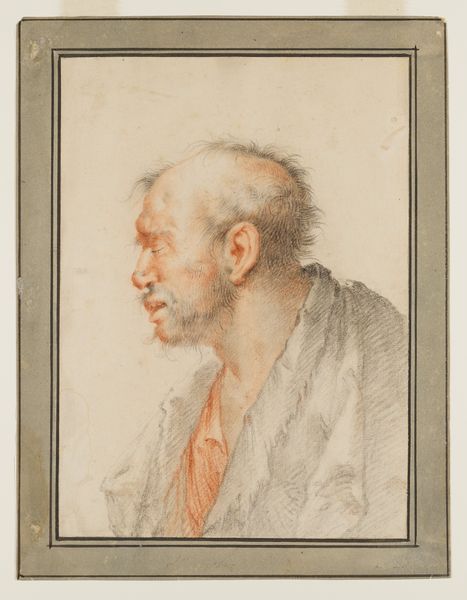
Karikatur eines Mannes im Profil nach links c. 1635 - 1640
0:00
0:00
drawing, ink
#
portrait
#
drawing
#
baroque
#
figuration
#
ink
#
line
#
italian-renaissance
Copyright: Public Domain
This is a caricature in brown ink, made by Giovanni Francesco Barbieri, also known as Guercino, most likely during the 17th century. During the Baroque era, caricature emerged as a distinct form of portraiture, often employed to humorously exaggerate or critique the subject's physical traits. But what does it mean to have your likeness exaggerated, especially when those features might already be subject to societal bias? Here, Guercino depicts a man in profile, his features emphasized with a certain playfulness. The man's prominent nose and jutting chin are rendered with delicate lines. What does it mean to be on the receiving end of this gaze? Whose stories are deemed worthy of documentation, and through what lens are they filtered? This caricature invites us to reflect on the power dynamics inherent in representation. It encourages us to consider the nuanced interplay between humor, identity, and the politics of looking.
Comments
No comments
Be the first to comment and join the conversation on the ultimate creative platform.


